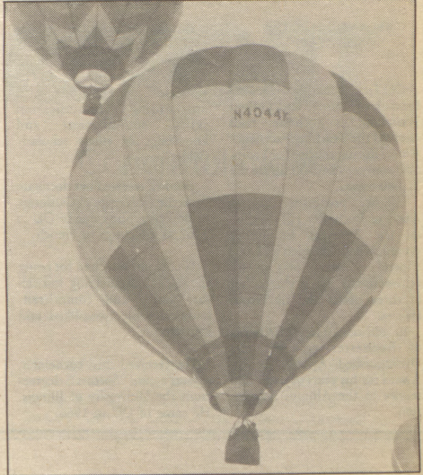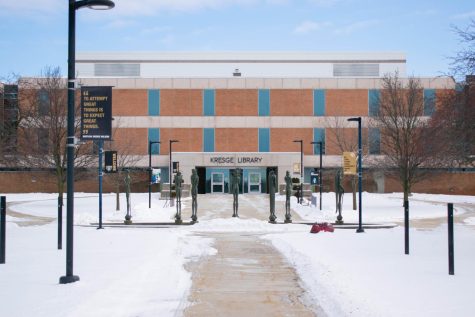Looking Back: Dancing through OUSC financial woes
No one was allowed to have fun in 2005, it seems.
No dancing on campus
In 2005, Oakland University inplemented a dancing ban. Much like the famous flick “Footloose,” this prevented dances from happening on campus for the entirety of that year’s winter semester.
This was due in part to campus safety. Dances always needed the Oakland University Police Department in attendance.
At both winter semester dances, fights broke out. Both incidents resulted in police having to use pepper spray in order to control the rowdy crowds.
One attempted fix was to move dances from the Banquet Rooms in the Oakland Center, which had multiple entrances, into the Gold Rooms, which had only one. This didn’t stop the second fight from happening.
The Meadow Brook Ball didn’t count as a dance, because people couldn’t just come and go as it is an event attendees have to pay for. This is most likely one of the many reasons why students cannot leave the Meadow Brook Ball and return after taking a cigarette break, for example.
The dancing ban was partly put in place because Oakland students were bringing guests like parents, alumni and students from other schools to Oakland events. The two aforementioned fights seemed to be a result of guest attendance and not Oakland students, according to past Oakland Post coverage.
After town hall meetings, Oakland administrators concluded after looking a the budget that student tuition dollars weren’t being used to fund student activities, but rather to fund community-centered activities. So, administrators called for these events to be closed off to guests in an attempt to prevent future conflicts. However, this ban subsequently affected student life in the process.
OUSC experiences financial troubles
Oakland University Student Congress was going through serious budget problems at this same time. There was $87,000 in the 2004-05 acedemic year given to payment for the OUSC executive board.
The publicity director got alone got paid $9,000 per year, which would be about $281 per week of the 32-week academic year.
In addition, the student body president at the time had a discretionary expense of $500 to attend the men’s basketball game in North Carolina.
Some of the legislatures argued that this was not a personal expense, as the student body president should have attended the event, and not “bushed out of his brains” after a 12-hour bus ride.
The bus was full, but was also sponsored by OUSC and therefore could have catered to its own members, in theory.
Once the next president was elected, they cut the pay available to students. Instead of pay taking up 61 percent of the budget, it only took 27 percent.
The president and vice president were only paid for 20 hours per week on their new system, even though they were working 40 hour weeks. This practice is now common in all of the Student Activity Fund Assesment Commitee organizations.
The new president Michael McGuinness, had to cut the spring/summer 2005 budget, as funds available to OUSC dropped by $13,000 for both semesters.
He cut the budget mostly in the congress members’ compensation, and not in areas directly affecting student life and activities.







